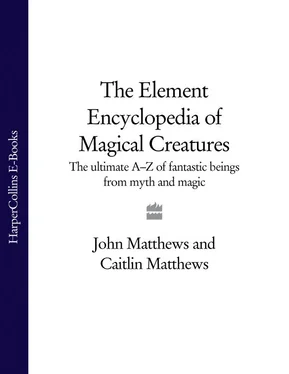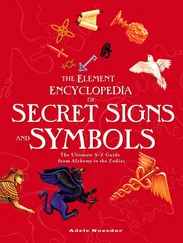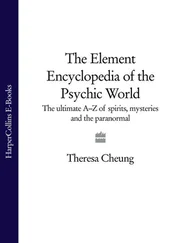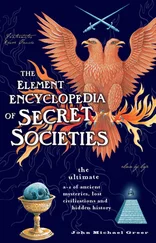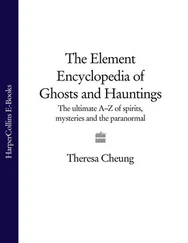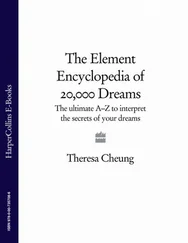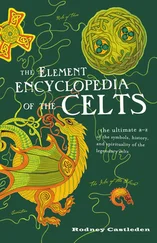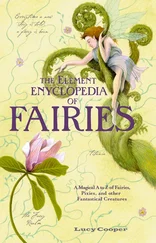Any study of magical creatures shows how, with certain exceptions, some of them are automatically seen as monstrous by the Christian world, animals that symbolize evil, emanating from the devil, helping to oppose the lawful order of things. Monsters infest places, destroy crops, waste the land, persecute human inhabitants and threaten life itself. As Jacqueline Borsje writes,
‘Monsters originally represent nonmoral evil, the powers of Chaos. As Christian influence on the texts increases they seem to attain an extra dimension…they also begin to personify moral evil.’
But this is not the primal function of monsters. They are not intrinsically or morally evil in themselves. They have another function.
We may see just how the idea of monsters and the monstrous has continued to invoke a deep response if we consider two of the seminal works of 19th-century fiction: Frankenstein by Mary Shelley and Dr Jekyll and Mr Hyde by Robert Louis Stevenson. Both are deeply rooted in the idea of the monstrous other, the aspect of nature that is not of us and therefore horrific. Each makes it clear that to create and let loose the monster within is every bit as terrifying as an encounter with a Black Dog or Dragon.
Monsters as agents of the primal chaos of creation underlie many world myths. Thus, we find Tiamat and her family in Assyrian myth, the Titans of Greek myth, the giants and primeval monsters of Celtic, Polynesian and Australian myth. Without these monsters, there would be no earth, no seas, no rivers, no mountains. These titanic beings are world-shapers who live just below the surface of our imagination. Their function is to watch the by-ways and borders of the ordered world, threatening it with chaos, challenging its fixity with a shimmering power, ensuring that the civilized order is kept flexible and permeable to the changing influences of a creative power that has not yet ceased to flow. Monsters can therefore be seen as guardians of creative power whose purpose is to challenge the self-complacency of the seemingly changeless order that we so like to inhabit. Monsters bring out our heroic side, making us draw deep upon our own animal resourcefulness.
Back in pre-Christian myth, the slaying of the monster is a heroic task necessary to keep safe the boundaries of ordinary living. But while too much chaos can swamp us, too much certainty can also bring life to a dead end. In that perpetual shimmer of contact between our world and the world of monsters is an invisible gateway, an edge of excitement that incites us to quest, adventure and balance. Primarily, monsters help us maintain the balance of the universe.
In the exploration and classification of magical creatures, who decides what creature is real or unreal? Who observes them, and why? What do they say about an animal? Whose account is authoritative? The poem The Six Blind Men and the Elephant by the 19th-century American John Godfrey Saxe is a children’s favourite, based upon a Sufi fable. As the six blind sages feel the unknown object before them with their questing hands, they try hard to determine what kind of beast it really is. As they each feel the side, tusk, trunk, leg, ear and tail of the elephant, the sages think they have found, respectively, a wall, a spear, a snake, a tree, a fan and a rope. The moral concludes:
‘So oft in theologic wars, The disputants, I ween, Rail on in utter ignorance Of what each other mean. And prate about an Elephant Not one of them has seen!’
Very many of the reporters of magical creatures are often as well equipped as the Six Men from Hindoostan above who have no notion of what they are talking about. Pliny the Elder, writing in the first century is perhaps the most notorious non-eye-witness of them all, relying upon the testimony of others to speak of animals that even the original observers did not linger to describe too carefully. What Pliny and others have observed (or not actually witnessed) is similar to the half-truths and observations that we make about all the animals around us in the natural world. One of the reasons we believe animals behave in certain ways is due to our lack of patience or to the rationalist or fabulist’s fall-back which conveniently explains away why a thing is so. The real observer of the natural world soon learns a better truth, although may still not always understand what is being witnessed.
It is only recently, for example, that scientists have learned that whale-song is not just about communicating with other whales but about the practical ultrasonic mapping of coastlines and sea beds by which whales steer their course. Yet, within our own lifetime, we have heard the most fabulist explanations of whale-song which have inspired composers such as Alan Hovhaness (whose And God Created the Whale includes whale-voices with orchestral backing) or films like Star Trek 4 where the very real environmental concerns of the 1980s impinge on the fictional future of the Galactic Empire.
The sources of this book are varied. Where possible we have gone to the first tellers of tales as much as to the more recent accounts. Many of these early reporters lived at a time when only the known world was mapped. The uncharted regions, as in many mariners’ maps of the sea, sported monsters that kept people at bay. Some cultures maintained a policy of exclusion, allowing no foreigners to step into their territory, much as China did until only recently. Medieval explorers and travellers such as Marco Polo ( c. 1250-1323) and Sir John Mandeville (1300-72) returned with accounts of things unknown to Europeans, animals and customs that were indeed magical and fabulous. Whereas Marco Polo actually did travel to China and was in the service of Kublai Khan, Mandeville only travelled to the Middle East, although he reported creatures in regions beyond such as Africa and the Orient.
The main classical source which everyone in the ancient world consulted for matters of natural history were the writings of the philosopher Aristotle, who attempted to classify all animals in the 4th century BC. This, in turn, influenced another important work – the Physiologus which was not a book as such but rather a collection of lore compiled in the melting pot of ancient wisdom that was the city of Alexandria from a variety of classical and Biblical sources reinterpreted by Christian clerics. The word physiologus simply meant ‘a naturalist’. Over many transcriptions of manuscripts, copyists misunderstood the phrase ‘the naturalist says…’ as an actual person called Physiologus! This lore became the progenitor of the many medieval bestiaries that circulated across the centuries. These were, in the words of T.H. White, ‘a kind of naturalist’s scrapbook which has grown with the addition of several hands’. These beautifully illustrated bestiaries are a delight to behold, full of fantastic creatures that in many cases only the clerical imagination could devise.
Other important resources include the 3rd-century Roman historian Aelian, who wrote a On the Characteristics of Animals that included some far from natural creatures; the marvellous Herodotus, ( c. 484 BC) whose skilful storytelling was only outstripped by his imagination; and the great Diodorus Siculus, ( c. 44 BC) who wrote a Universal History in 40 volumes which covered the period from the creation to 60 BC and included many of the most strange and fascinating beasts.
While for the most part we referred to authoritative and well-researched sources, we also listened to that mischievous creature ‘common report’ which continues to tell tales of hearsay and amazing encounters between humans and magical creatures, such as the Yeti and the Loch Ness Monster, both of which have a well-attested lineage. We have always tried to use accounts by people who were indigenous to the countries and regions where such creatures have shown themselves. These myths have both the primacy of local report as well as a depth of metaphor and meaning. They also hold that humans and animals are part of a sacred continuum of life, not living in separate worlds.
Читать дальше
